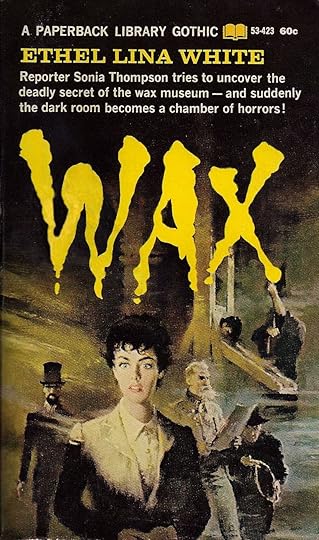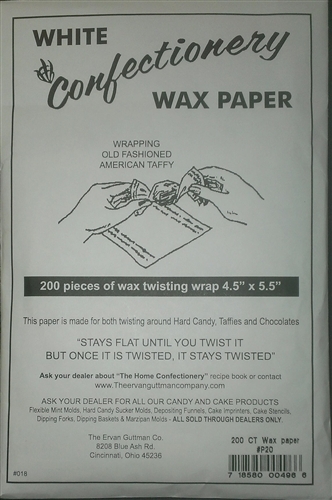What do you think?
Rate this book


247 pages, Unknown Binding
First published January 1, 1935

”As for her fine future, he was confident that some young man would soon remove her, painlessly and permanently, from the sphere of journalism.”
”’I may prefer security,’ she said. ‘If I am dependent on myself, it's up to me. But a married woman is absolutely dependent on some man who may let her down. When she's no longer young, he may desert her for a younger woman. Or, unless the new Act becomes law, he may die and leave every penny away from her.’”
”’[…] Husbands are a big drawback to marriage […].’”

